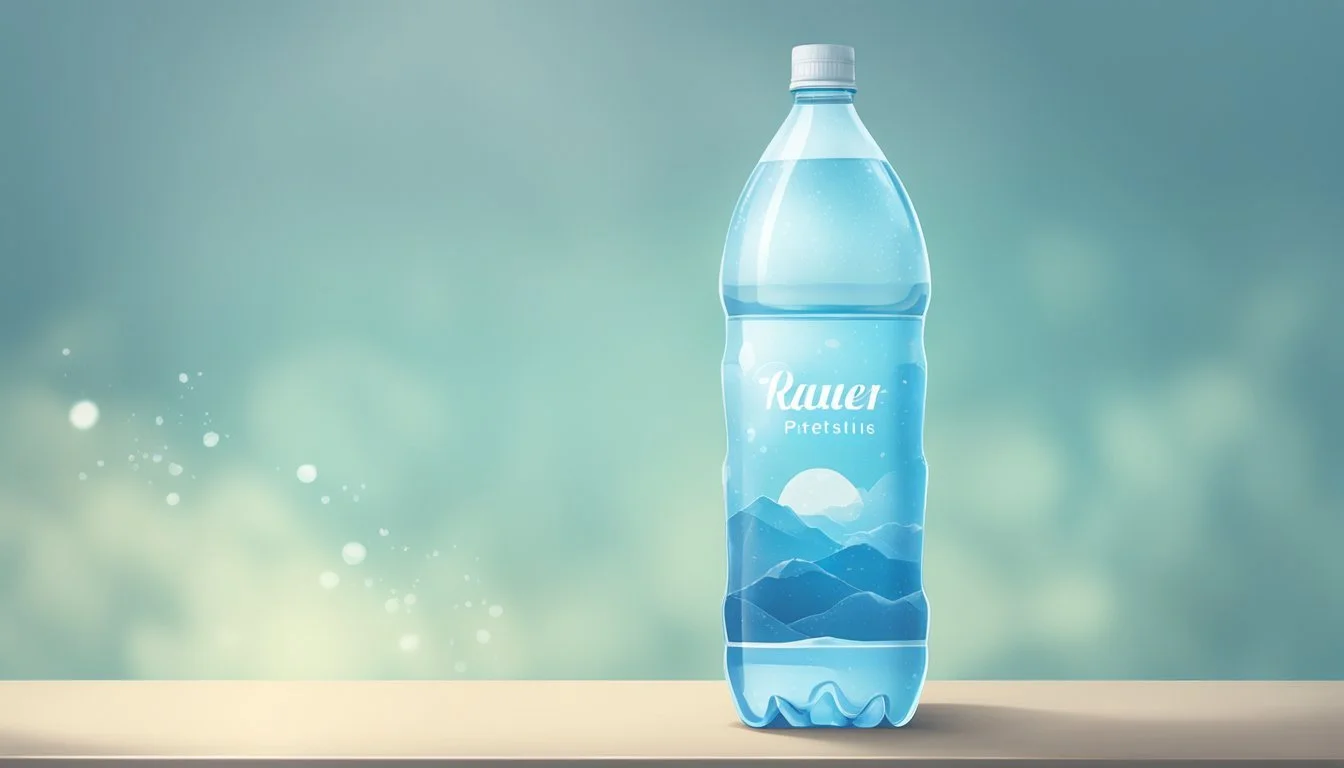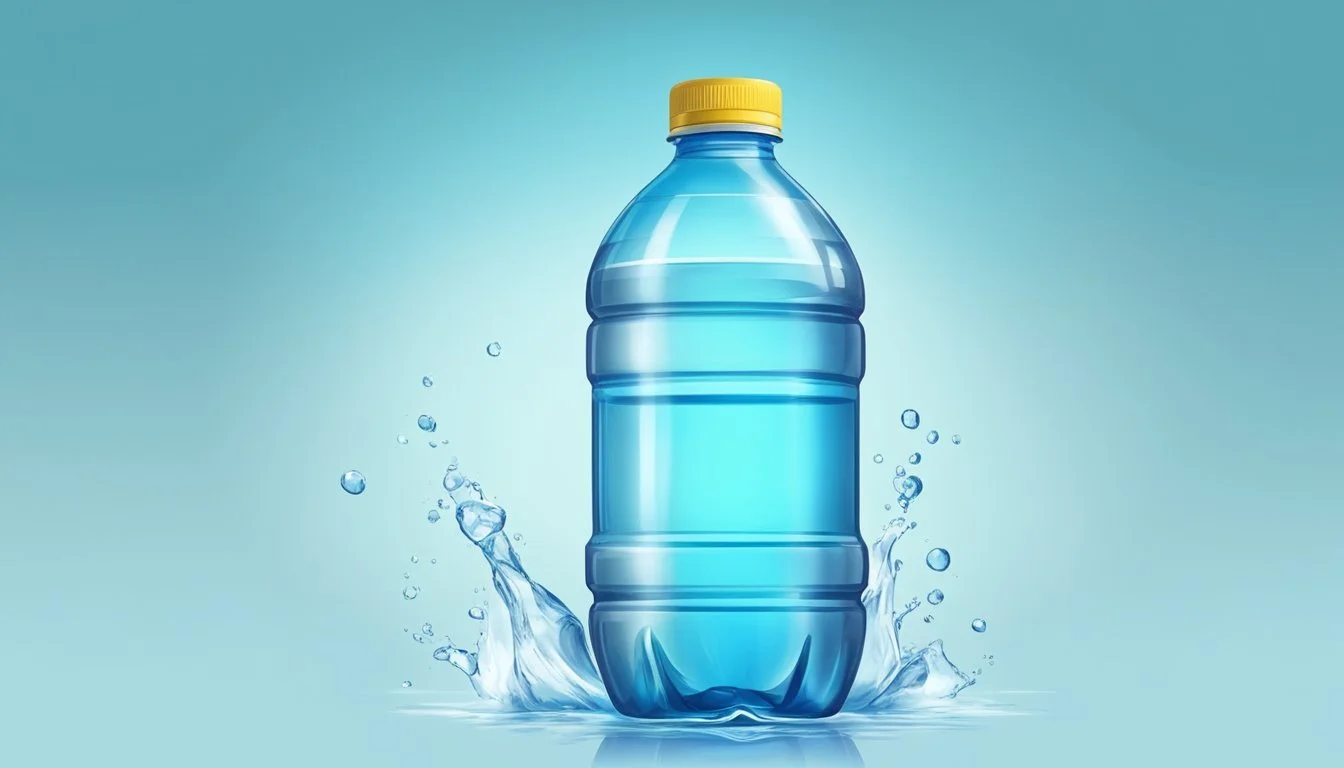Does Bottled Water Go Bad?
Understanding Expiration Dates and Storage Practices
Bottled water is often considered a staple for convenience and emergency preparedness, and many people store bottles for various durations. A common question that arises is whether bottled water can go bad or expire. Water, in its pure form, does not expire; however, the bottling process and storage conditions can impact the longevity and safety of the water for consumption.
The concern is not with the water itself, but rather with the plastic containers in which the water is stored. Over time, chemicals from the plastic may leach into the water, potentially affecting its taste and safety. Manufacturers often print expiration dates on bottles, but these are largely indicative of the bottle's shelf life rather than the water's purity. It is the condition of the packaging and the environment in which it is stored that play critical roles in maintaining the quality of bottled water.
Understanding Bottled Water
Bottled water is often chosen for its convenience and perceived purity compared to tap water. Consumers trust that it meets safety and quality standards outlined by various health agencies. The water within these bottles can originate from springs, wells, or it can be processed tap water that has been filtered or treated to remove impurities.
Quality Assurance The quality of bottled water is regulated by governmental bodies such as the Food and Drug Administration (FDA) in the United States. These regulations ensure that bottled water is safe for consumption and free from contaminants. Producers must follow specific protocols for:
Sourcing: Where the water comes from.
Processing: Filtration and purification methods.
Packaging: Materials used to contain the water.
Packaging Materials The packaging plays an essential role in bottled water's shelf life. Most bottled water is packaged in plastic, which is lightweight and durable, but has the potential to leach chemicals into the water over extended periods of time. To minimize this risk, it is recommended that bottled water be stored away from heat and direct sunlight.
Plastic type (PET or BPA-free)
Potential for leaching
Storage recommendations
Water Compared
Bottled Water Tap Water Source Springs, wells, municipal supplies Municipal supply Quality Subject to FDA regulations Subject to EPA regulations Taste May have a consistent taste Can vary by location Cost More expensive than tap water Cost-effective option
Consumers may see an expiration date on bottled water, which is more about the bottle than the water itself. The water is expected to be safe indefinitely, but the date is still observed due to concerns about packaging materials' longevity and interaction with water.
Shelf Life of Bottled Water
The shelf life of bottled water rests predominantly on storage conditions and packaging materials rather than an imposed expiration date. Consumers should be aware of the potential for changes in taste and the growth of microorganisms over extended periods.
Expiration Date and Food Expiration Guidelines
Bottled water does not fall under the same regulatory categories as perishable food items, so traditional food expiration guidelines such as sell-by or best-by dates do not strictly apply. The U.S. Food and Drug Administration (FDA) does not require bottled water to have an expiration date; however, the International Bottled Water Association (IBWA) recommends that bottled water producers label their products with a two-year expiration date for optimum taste. It's important to note that this date is not a reflection of the water's safety but rather its freshness.
Expiration Date: Mainly impacts taste, not safety.
FDA: No mandated expiration for bottled water.
IBWA: Voluntarily recommends a two-year shelf life.
Safety and Health Considerations
While the water itself does not expire in a way that might lead to foodborne illnesses, storage conditions can affect the safety and quality of bottled water. Bacteria, algae, or mold can grow if water is stored in warm conditions or if the bottles are opened and not properly sealed thereafter. The Environmental Protection Agency (EPA) suggests replacing stored water every six months to maintain quality, especially in emergency supplies. The Centers for Disease Control and Prevention (CDC) advise keeping water in cool, dark places to prolong its shelf life and prevent contamination. Drinking compromised water can lead to health issues such as diarrhea or gastroenteritis, typically caused by microorganisms or germs.
CDC Guidelines:
Store in a cool place (50-70 degrees Fahrenheit).
Prevent exposure to sunlight to inhibit microorganism growth.
Health Risks: Potential growth of bacteria if stored improperly.
Contamination Signs: Changes in taste, color, or odor indicate possible contamination.
Impacts of Plastic Bottles
The integrity and safety of bottled water are influenced by the factors related to the plastic containers they are stored in. These factors range from chemical interactions to environmental impacts.
Chemicals and Plastic Leaching
When plastic water bottles are exposed to heat, chemicals from the plastic may leach into the water. One such chemical is antimony, which is used in the manufacture of polyethylene terephthalate (PET) bottles, commonly used for storing bottled water. Prolonged exposure to higher temperatures, such as in a hot car, can accelerate this leaching. Although the levels are typically low, there is concern that these chemicals could affect the endocrine system and immune system over time.
Storage and Material Properties
Plastic bottles are permeable to gases like air, meaning over time, water stored in plastic can absorb foreign odors and tastes. In contrast, glass bottles provide a less permeable barrier and do not leach chemicals, making them a preferred option for maintaining the purity of the water. However, plastic bottles offer convenience due to their light weight and durability, important considerations for consumers and manufacturers when storing bottled water.
Environmental Considerations
Plastic water bottles generate significant environmental concerns. The packaging remains a major source of pollution, with only a small percentage being recycled. In 2021, the bottled water industry generated roughly 600 billion plastic bottles, leading to approximately 25 million tons of waste. The shift towards using reusable water bottles is a positive step towards mitigating this problem, reducing the amount of single-use plastic and encouraging more sustainable practices.
Storing Bottled Water
For maintaining the quality and freshness of bottled water, storage plays a crucial role. It is essential to understand the optimal conditions for storing bottled water to ensure it remains in the best possible state for consumption.
Optimal Storage Conditions
Temperature: Bottled water should ideally be stored at room temperature, typically between 50°F and 70°F (10°C to 21°C). Extreme temperatures, whether hot or cold, can degrade the water quality over time.
Sunlight: Direct sunlight can contribute to the decomposition of the bottle material, which may lead to quality degradation of the water. Therefore, it is advisable to store bottles in a cool, shaded area.
Refrigeration: While not necessary for safety, refrigerating bottled water can provide a refreshing taste and may possibly extend its best quality usage beyond the date indicated by the supplier.
Air Quality: Bottles should be kept in an environment with clean ambient air gases to prevent the water from absorbing any undesirable odors or chemicals.
Container Integrity: It is vital to ensure that the seals on bottled water are intact. Compromised seals can expose the water to the environment, leading to contamination.
By adhering to these specific storage guidelines, consumers can help maintain the quality and freshness of bottled water.
Taste and Smell of Water
Bottled water's taste and smell can be influenced by a variety of factors, all of which point towards its overall freshness and quality.
Factors Affecting Water Flavor
Materials: Bottled water may acquire an unpleasant flavor from the materials in which it is packaged. For instance, microplastics from plastic bottles can leach into the water, affecting its taste.
Contaminants: The presence of household chemicals or solvents may impart a chemical-like taste to the water.
Storage Conditions: Improper storage, such as placing bottled water in direct sunlight or in a warm environment, can lead to the proliferation of certain microbes, which may cause off-flavors.
Disinfection Methods: Chemicals used in water disinfection, like chlorine, can give water a distinctive bleach-like taste and smell.
Metal Presence: Taste and odor can also be affected by the presence of metals from pipes and other sources, leading to a metallic taste.
Using Bottled Water in Emergencies
In emergencies, access to clean drinking water can become compromised. Bottled water, with its long shelf life and commercial sealing, is a recommended resource by health and safety organizations for emergency preparedness.
Storing Bottled Water:
Safety: Unopened, commercially bottled water is deemed the most reliable water source in an emergency situation.
Duration: According to the International Bottled Water Association, bottled water can be safely stored for an indefinite period provided it is kept in the right conditions—away from direct sunlight and extreme temperatures.
Using Opened Bottled Water:
Once bottled water is opened, it should be consumed within a shorter timeframe to avoid contamination. Store the opened water in a cool, dark place, and aim to use it within 1-2 weeks.
Best Practices for Storage:
Bottled water should be stored in a cool, dry place, away from chemicals and cleaning supplies.
The storage area should ideally remain consistently at room temperature, avoiding fluctuations that can accelerate degradation.
In Emergencies:
New Jersey and similar regions prone to natural disasters recommend households maintain a supply of bottled water sufficient for each person to use one gallon per day for at least three days.
If bottled water is not available, the Centers for Disease Control and Prevention (CDC) provide guidelines on making water safe to drink, such as boiling or disinfecting it.
It is important to regularly check your emergency water supply, rotate stocks, and replace any water that has been stored for more than six months to ensure quality and safety.




